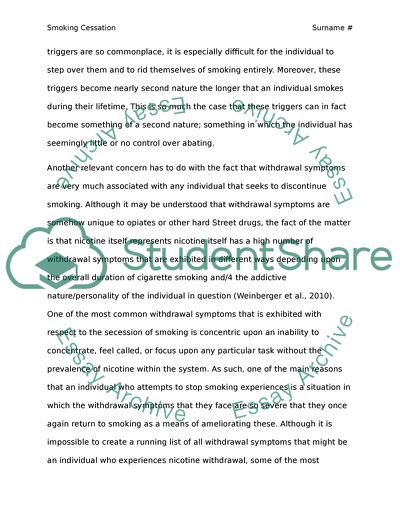Cite this document
(“BEHAVIOR MODIFICATION TOPIC: QUITTING SMOKING Research Paper”, n.d.)
Retrieved from https://studentshare.org/psychology/1639240-behavior-modification-topic-quitting-smoking
Retrieved from https://studentshare.org/psychology/1639240-behavior-modification-topic-quitting-smoking
(BEHAVIOR MODIFICATION TOPIC: QUITTING SMOKING Research Paper)
https://studentshare.org/psychology/1639240-behavior-modification-topic-quitting-smoking.
https://studentshare.org/psychology/1639240-behavior-modification-topic-quitting-smoking.
“BEHAVIOR MODIFICATION TOPIC: QUITTING SMOKING Research Paper”, n.d. https://studentshare.org/psychology/1639240-behavior-modification-topic-quitting-smoking.


